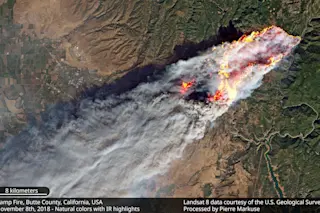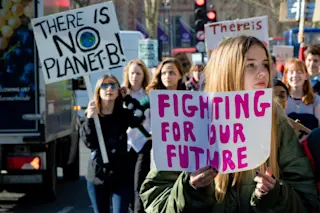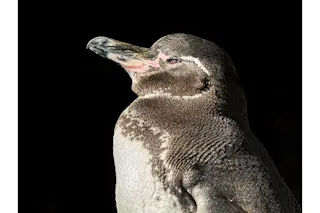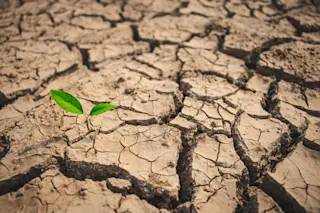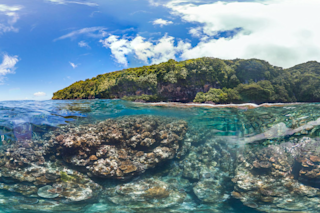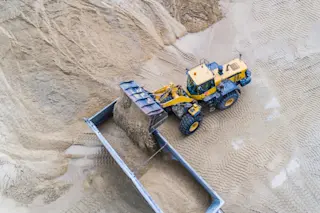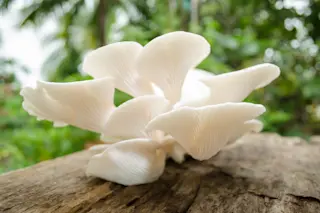An image of California's Camp Fire, created using natural color and infra-red data acquired by the Landsat-8 satellite on Nov. 8, 2018. (Image courtesy Pierre Markuse) This past year brought all too many disasters, including rampaging wildfires, destructive volcanic eruptions, swirling tropical cyclones, and a host of other events that brought misery to millions of people worldwide. Many were visualized by satellites looking down on Earth, and as 2018 draws to a close, I thought I'd feature one that I found to be particularly compelling. It's the image above showing California's Camp Fire, created by blogger and remote sensing expert Pierre Markuse. It's my personal pick for top remote sensing image of 2018. The Camp Fire ignited on Nov. 8, 2018 and quickly exploded, engulfing and ultimately destroying the town of Paradise, California. As of Dec. 19, the death toll stood at 86 people, which makes it the seventh deadliest ...
My pick for the most compelling — and scary — remote sensing image of 2018
Discover the impactful Landsat-8 satellite data visualizing California's Camp Fire and its devastating effects in 2018.
More on Discover
Stay Curious
SubscribeTo The Magazine
Save up to 40% off the cover price when you subscribe to Discover magazine.
Subscribe

